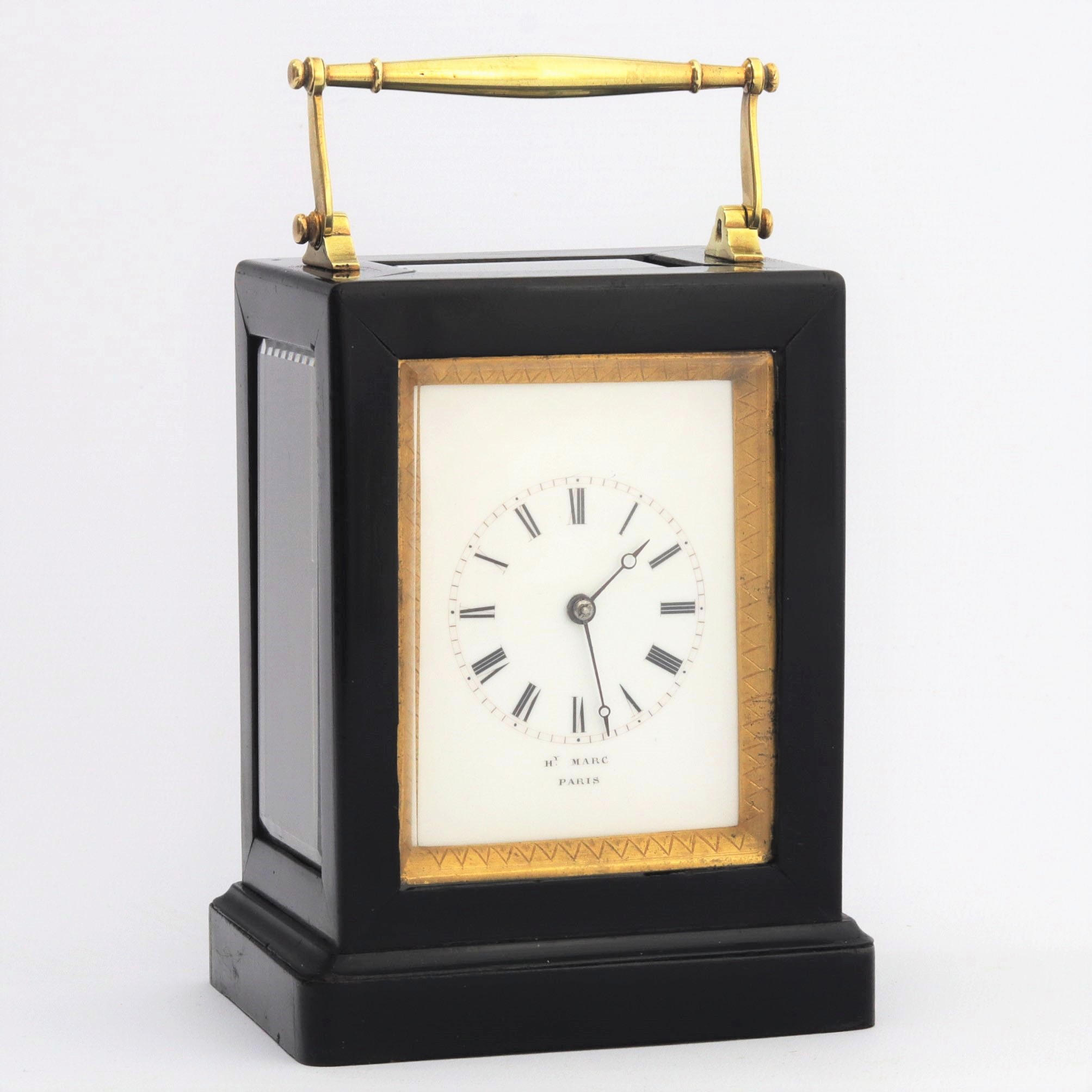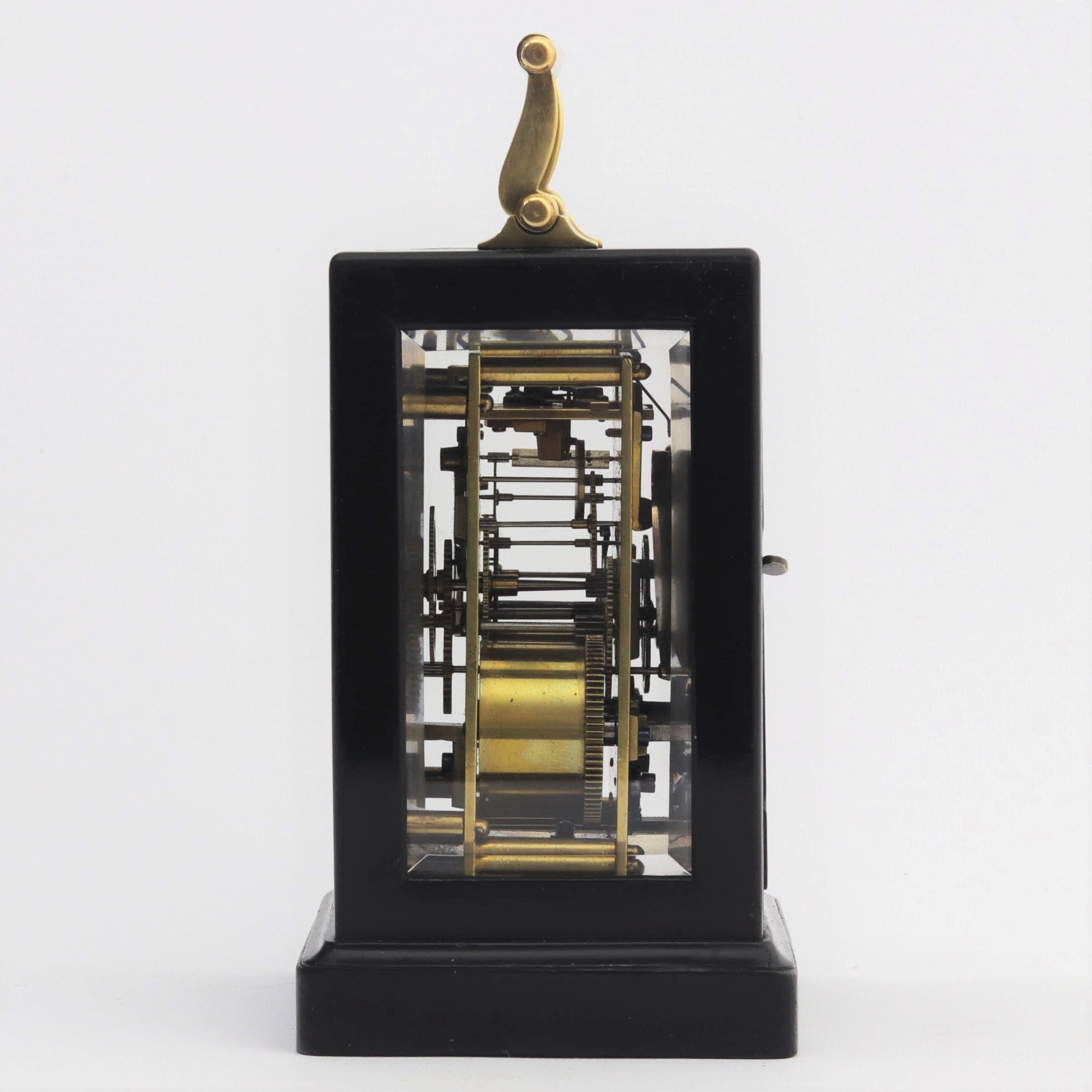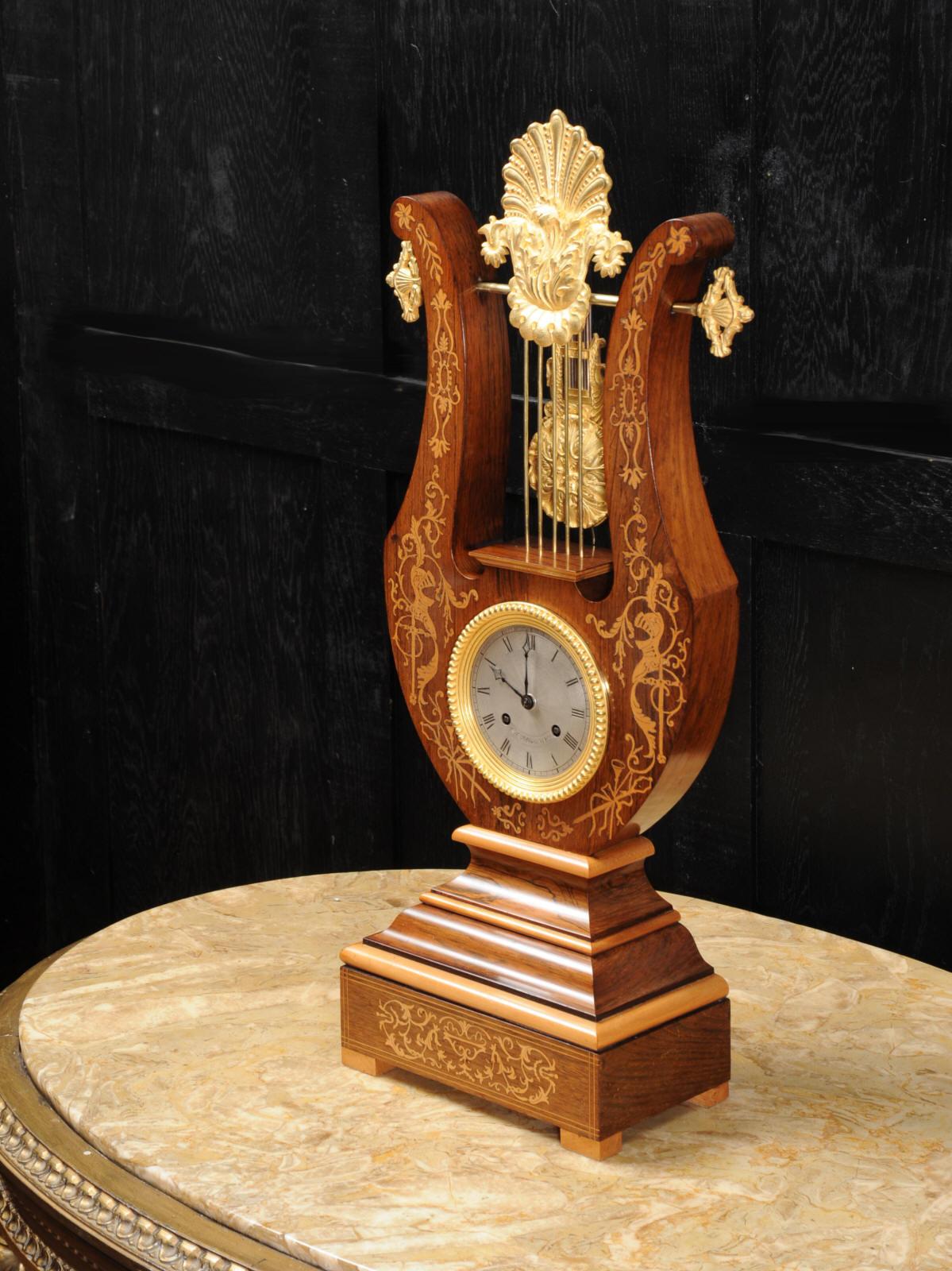
In 1795, Ferdinand Berthoud was elected First Class Resident Member of the Mechanical Arts section of France’s National Institute (Institut de France). The clocks taken on board were lost at sea in the tragic wreck of the Astrolabe in 1788 off the coast of the Santa Cruz Islands, near the Solomon Islands. Ferdinand Berthoud is regarded as one of the inventors of the marine chronometer that served to determine longitude at sea necessary to navigation. On August 1, 1785, Ferdinand Berthoud gave five clocks to the captain of the Astrolabe, Count de La Pérouse, as he was leaving on an expedition around the world with the aim of adding to the discoveries of James Cook in the Pacific Ocean.

In 1770, Ferdinand Berthoud was appointed Horloger du roi (Horologist-Mechani). Voyage made by order of the king in 17 to different parts of the world to test at sea the marine clocks invented by Mr. In his Traité des horloges marines ( Treatise on marine chronometers), Berthoud insinuates that this omission was due to Duhamel du Monceau whose nephew, Fougeroux de Grandlieu, having served as lieutenant during this expedition, died several days after the ship’s return. Unfortunately, the mission report, read by Abbot Chappe d’Auteroche to the Academy on November 14, was never published. Ferdinand Berthoud accompanied both, setting off from Brest aboard the corvette L’Hirondelle on October 7 that year.

In 1764 and by the order of the King, the Academy appointed Duhamel du Monceau and Abbot Chappe d’Auteroche to testing Berthoud’s Marine Chronometer No. Berthoud made his marine clocks in order to calculate longitude at sea.

1 already in 1761 and published the Mémoire sur les principes de construction d’une Horloge de Marine ( Dissertation on the construction principles of a marine chronometer) one year prior. 1įerdinand Berthoud completed the construction of his famous Marine Chronometer No. However, due to his respectable reputation he was elected on Februas an “associate foreign member” of the Royal Society in London. It was a disappointing trip for Berthoud: Harrison only showed him his H1, H2, and H3 watches (in exchange for a payment of £500), categorically refusing to show him the legendary H4, the most advanced of them all. In 1763, Ferdinand Berthoud was appointed by the King to inspect the H4 sea watch made by Sir John Harrison (1693-1776) in London, in the company of mathematician Charles-Etienne Camus, a member of the French Royal Academy of Sciences, and astronomer Joseph-Jérôme Lefrancois de LaLande. His work proved to be quite successful and was translated in several languages. Berthoud’s first book was published in 1759 and was titled L’art de conduire et de régler les pendules et les montres, à l’usage de ceux qui n’ont aucune connaissance d’horlogerie ( The art of operating and adjusting clocks and watches for those who have no horological knowledge). He was entrusted with writing several reference articles on horology for the “ Methodical Encyclopaedia” published between 17 under the supervision of Diderot and d’Alembert. Berthoud early earned a reputation for his for technical competence. On December 4, 1753, by order of the French Royal Council, in an exception to guild rules and by special favour of the King, Ferdinand Berthoud became a master at the tender age of 26, receiving the official title of Master Watchmaker. There, it is believed that he entered the workshop of Julien Le Roy, an influential clockmaker and watchmaker. It is believed that he moved to Paris at the age of 18. In 1741, when he was fourteen, Ferdinand Berthoud became clockmaking apprentice to his brother Jean-Henry in Couvet, at the same time receiving a sound scientific education. Becoming a Master Watch Makerįerdinand Berthoud was born in in Plancemont, Val-de-Travers, in the Canton of Neuchâtel, which then belonged to the Kingdom of Prussia (today Switzerland), into a distinguished family of watch and clock makers. Berthoud‘s improvements to the chronometer have been largely retained in present-day designs. Together with his great rival, Pierre Le Roy, Berthoud contributed to the development of the chronometer in the attempt to solve the problem of determining longitude at sea.

On March 19 1727, French horologist Ferdinand Berthoud was born.


 0 kommentar(er)
0 kommentar(er)
